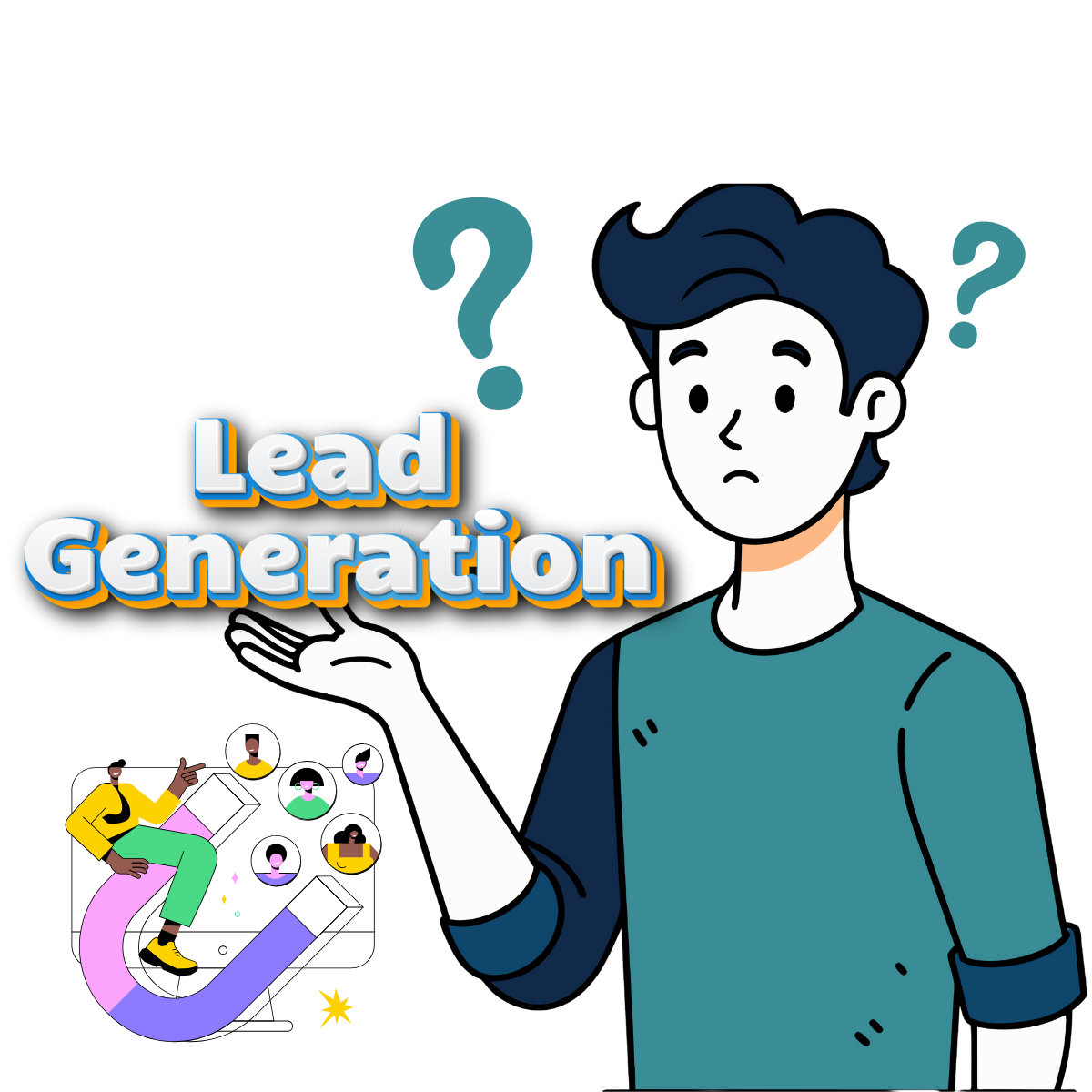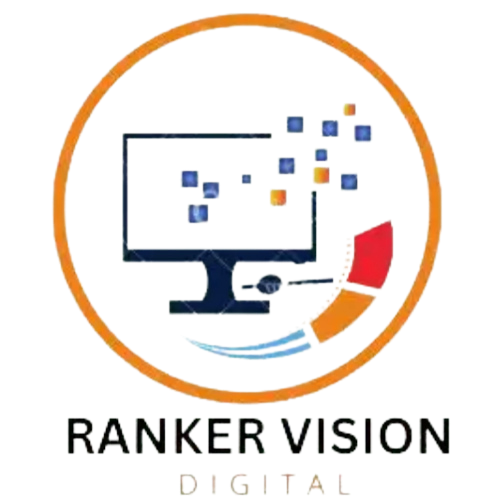Transform Your Professional Services Business with Modern Lead Generation and Digital Strategies Designed for Lasting Success
Ranker Vision helps professional services firms break free from outdated growth methods. With our innovative digital lead generation strategies, we make it easier than ever to connect with qualified clients beyond traditional referrals and ads.

Lead Generation Techniques for Professional Services
Today, reaching the right audience is crucial, and that’s where Google Ads and Meta Ads come in. These platforms help you connect with potential clients by getting your message in front of people who are actively searching or scrolling through their feeds. Google Ads lets you reach people exactly when they’re looking for services like yours, while Meta Ads (formerly Facebook Ads) helps you target audiences on Facebook and Instagram based on their interests and behaviors. Using both platforms together gives you a powerful, well-rounded approach to lead generation. You’re not just increasing traffic and brand awareness—you’re driving real, qualified leads who are more likely to convert into loyal customers. With Ranker Vision’s expertise, we’ll help you make the most of Google and Meta Ads, so you can grow your business with confidence and see real results.
Lead GenerationPlans
What Is Lead Generation?
Lead generation is the process of attracting and converting potential customers into leads who have shown interest in a product or service. It involves various marketing strategies to capture information, such as names and email addresses, from interested individuals. This information allows businesses to nurture these leads and guide them through the sales funnel.
To generate leads, companies often use content marketing, social media, email marketing, and paid advertising. Effective lead generation creates a two-way communication channel, where businesses can engage with potential customers. It’s not just about capturing information; it’s also about building relationships.
There are different types of leads, including Marketing Qualified Leads (MQLs) and Sales Qualified Leads (SQLs), which help businesses prioritize their efforts. Understanding your target audience is crucial for effective lead generation. This ensures that the right message reaches the right people.
In today’s digital landscape, tools and software for automating lead generation have become essential. These tools streamline the process and provide valuable analytics to improve strategies. Overall, lead generation is vital for business growth, as it helps maintain a steady flow of potential customers and increases sales opportunities .

How Does Lead Generation Work?

Lead generation works by identifying potential customers and encouraging them to express interest in a product or service. The process begins with understanding your target audience. Businesses create compelling content or offers to attract this audience, using channels like social media, email, and websites.
Once potential customers engage, businesses often capture their information through forms, sign-ups, or downloads. This creates a database of leads. From there, companies can segment these leads based on their interests or behaviors, making it easier to tailor communication.
Nurturing these leads is crucial. It involves sending targeted emails, offers, or content that resonates with their needs. This relationship-building helps guide leads through the sales funnel until they are ready to make a purchase.
Overall, effective lead generation combines attracting, capturing, nurturing, and converting leads into customers
How Should You Start Using Lead Generation For Your Business?
To effectively start using lead generation for your business, begin with a clear understanding of your target market. Identify their needs and preferences. This helps you tailor your approach. Next, create engaging content that provides value to your audience. This could be blogs, eBooks, or webinars that address their pain points.
Utilize social media platforms to share your content and engage with potential leads. Set up lead capture forms on your website to collect visitor information, such as names and email addresses. Offering incentives like free trials or exclusive content can encourage sign-ups.
Consider using lead generation tools to streamline the process. Automate follow-ups and segment your leads for targeted communication. Regularly review your strategies to see what works best and make necessary adjustments.
Consistency is crucial. Nurture your leads through personalized email marketing campaigns. Build relationships over time, as this can turn prospects into loyal customers. For further insights and resources, platforms like HubSpot and Neil Patel offer valuable guidance on lead generation techniques

Determine Your Business And Lead Generation Goals

To effectively determine your business and lead generation goals, start by assessing your overall business objectives. Are you aiming to increase sales, expand your customer base, or launch a new product? Next, set specific, measurable, achievable, relevant, and time-bound (SMART) goals for your lead generation efforts. For instance, you might aim to generate 200 new leads per month or improve your conversion rate by 15% within six months. Regularly review these goals, adjust strategies based on performance data, and align your marketing efforts to ensure they contribute to your broader business aims. For more detailed guidance, check resources from HubSpot and Neil Patel.
Recognize And lead Your Target Market
Recognizing and leading your target market begins with identifying who your customers are and understanding what they need. Use data sources like surveys, social media analytics, and website data to find details like age, location, interests, and pain points. Once you know your audience, you can focus your messaging and services around their specific needs and expectations.
Engage with them through the channels they use most, whether it’s social media, email, or industry forums. Respond to their questions, provide value in every interaction, and solve their problems. This approach builds trust, positions your brand as a reliable source, and makes it easier to guide them toward purchasing your products or services.

